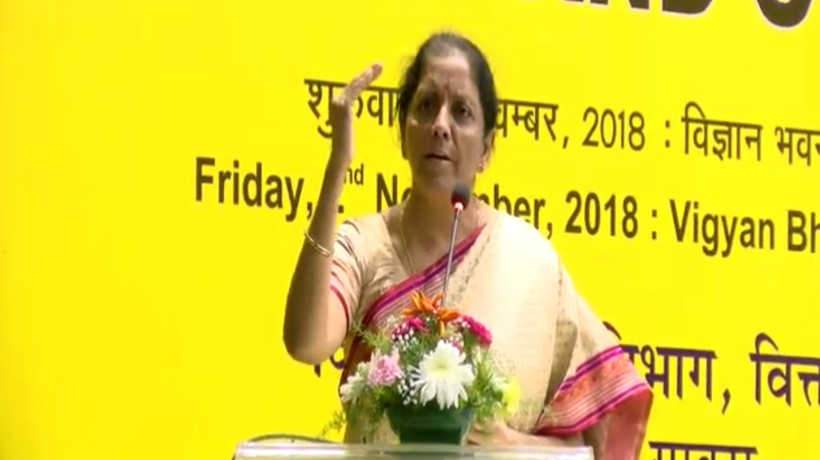Trending Now
- 830 voters names go missing in Kavundampalayam constituency
- If BJP comes to power we shall consider bringing back electoral bonds: Nirmala Sitaraman
- Monitoring at check posts between Kerala and TN intensified as bird flu gets virulent in Kerala
Whats Hot
Chandrayaan-2 launches, carrying a dream of placing a rover on the Moon
![]() July 22, 2019
July 22, 2019
The six-wheeled Pragyaan is finally on its way to the Moon.
At 2:43 this afternoon, a Geosynchronous Satellite Launch Vehicle Mark III (GSLV Mk-III) ‘Bahubali’ rocket blasted off from the Satish Dhawan Space Centre in Sriharikota. On board was a dream of placing a rover on the Moon.
The three-stage GSLV Mk-III rocket succesfully went through all the three stages and succesfully injected Chandrayaan-2 into a lower Earth orbit shortly after launch.
The launch came exactly a week after Chandrayaan-2 was originally scheduled to leave Earth. Chandrayaan-2 was supposed to launch early morning on July 15, but a technical glitch forced the Indian Space Research Organisation (Isro) to call off the launch.
Isro fixed the technical glitch and rescheduled the Chandrayaan-2 launch for July 22 at 2:43 pm.
The Chandrayaan-2 mission is India’s second journey to the Moon and its most ambitious and complex space project yet. In September this year, Chandrayaan-2 will aim to land a rover on the Moon, making India the fourth country in the world to do so.
Chandrayaan-2, which also consists of an orbiter, will aim to follow up on the legacy of the Chandrayaan-1 mission, which found evidence of water on the Moon.
Among the experiments the Chandrayaan-2 will carry out include tests to understand the extent of water distribution under the lunar surface. Apart from studying the Moon’s surface, Chandrayaan-2 will also examine the satellite’s outer atmosphere.
Chandrayaan-2 consists of three components: the orbiter, the lander and the rover. Once Chandrayaan-2 reaches the Moon, the orbiter will enter into an orbit around the satellite.
The orbiter will continue revolving around the Moon for a year, performing experiments to study the satellite’s outer atmosphere.
In the first week of September, the lander — named Vikram — will detach from the orbiter and fly towards the Moon. On or around September 6, Vikram will land near the Moon’s south pole, a feat previously not achieved by any other country.
Once Vikram lands on the Moon, the rover Pragyaan will roll out on to the lunar surface. Pragyaan will then carry out surface and sub-surface experiments for one lunar day, which is equal to around 14 Earth days.
The Chandrayaan-2 mission is a giant leap forward in India’s space dreams. The mission is also a precursor to the ambitious Gaganyaan project, which aims to place three Indians in space by 2022.























